So here's a start -
A Bit About Drawing. No 1
Drawing from direct observation of an object, also known as objective drawing, is a core skill for any botanical artist, it underpins an accurate representation of any plant and should be practised regularly.
The way that we choose to represent an object through drawing can differ enormously between individuals, so the same object can be represented in a number of different ways. For example If you place an object on a table and ask a group of people to draw the same object, each drawing produced will be quite different..... in the position of the object, weight of line, tone, shading technique etc. I'm giving you a glimpse into my method but it's important to find what is right for you, however some basic rules will be common to most people.
To be able to represent a 3 dimensional object by line alone is the most basic type of drawing yet it is often most challenging and lays bare any technical errors. Being able to draw an object well requires good observation and technical ability but making a aesthetically pleasing drawing requires a greater knowledge. There are no shortcuts or magic formula's when it comes to drawing...it's hard work at times! Basic observational line drawings can be stand alone works or used as preparation or the first stage of a more detailed tonal drawings or paintings ( see beetroot drawing below) or even used as starting point for more creative works.
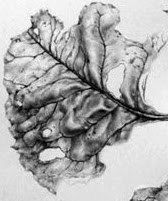 |
| Leaf detail from the drawing below |
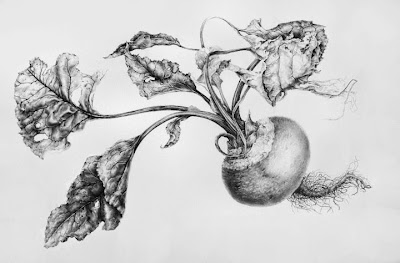 |
| Beetroot from 2010 |
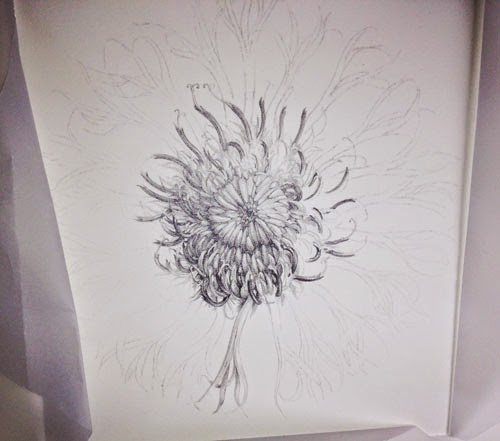 |
| A centaurea flower study x 2.5. Drawing is all about order and process. It requires a bit of discipline. Observation, clean lines and the corract range of tones from light to dark. |
Most importantly you have to learn to draw what your eye can actually see and ignore what you brain tries to tell you about what you 'know' about an object or 'think' you can see, you brain will try to fool you into making assumptions!
Some people are better than others at breaking things down visually and see a clearer picture from the outset, whereas others have to work harder to get there. Drawing what you actually see is hard and it takes practise to over-ride the assumptions made by the brain!
I find the best way forward is to adopt a systematic approach and start by breaking the subject down by size and shape; first by measuring and then by identifying the most simple of shapes within the subject - into squares, circles, ovals or triangles etc. My initial sketches tend to be fairly rough and I try to determine the shape or form of the object by making rough sketches - this allows me to see the 'whole' rather than the detail, which is an important starting point in any drawing, and, in creating the composition (which I will discuss at a later date). I like to think of these initial drawings as the skeleton on which to build the work. If the skeleton isn't right the drawing wont work.
Sometimes it's tempting to just start drawing, this works for some people, however without measurement and planning it is likely that you will build basic errors into the work, these errors will be amplified as the complexity of the work increases.
Materials, Measuring and positioning
Basic Kit
Paper
I use HP watercolour paper for my drawings, usually Fabriano Artistico or Arches because I like the surface but any good quality drawing paper with a smooth surface will do, try to work on paper with a weight of around 140lb. For sketches use any good quality sketch paper, such as Daler Rowney Heavyweight Paper 135lb.
Pencils
Faber Castell 9000 series, range from 2H to 6B. Again any good quality drawing pencils.
Eraser
Putty rubber.
Ruler
A long ruler, approx 60cm.
Sharpener
Craft knife and fine sandpaper block.
Measuring and Positioning
Botanical subjects are usually drawn life size, so first of all I measure the total height and width of the plant specimen using a ruler. I also measure all the relevant parts e.g. stem length and width, distance between leaf shoots, leaf length and width, flower head width and height etc. take notes of these measurements in your sketch book.
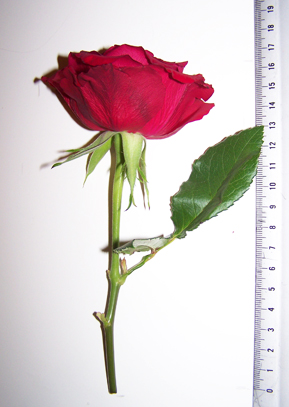 |
| 1. Measure overall size height and width, and, all parts. |
I then plot the outer boundary of the drawing. Measuring the outer boundary will help you to position the drawing evenly on the paper. For finished drawings I always try to leave a margin of at least 2.5 inches of white paper completely clear, to give the drawing space and to allow for mounting. White space is very important - a cramped drawing will not look good so planning is important. You can always cut down the final image but you can't add - so leave plenty of room.
For sketches it is also wise to work on decent sized paper to allow for notes and additional sketches.
If your subject is very tall you may want to cut the plant and rearrange to fit your paper. If you are unclear how to do this take a look at my painting of a foxglove. There are lots of examples if you look at old botanical works and herbals, field guides etc.
That's it for now - a pretty rough and ready drawing!
NEXT UP I'll transfer the image to complete a line drawing and start to add some tone.

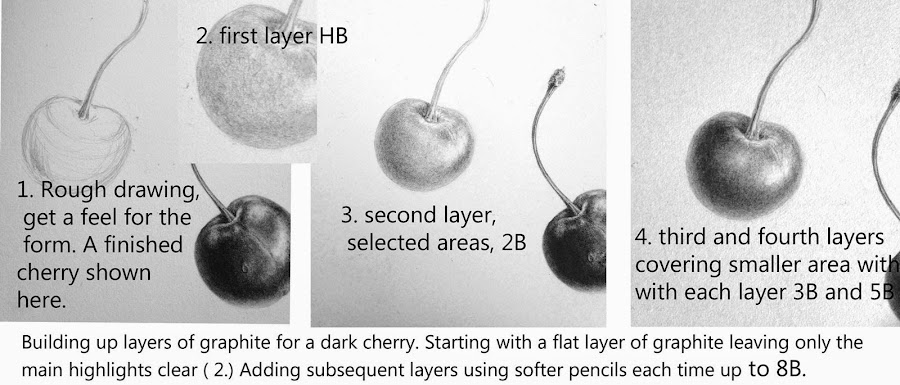
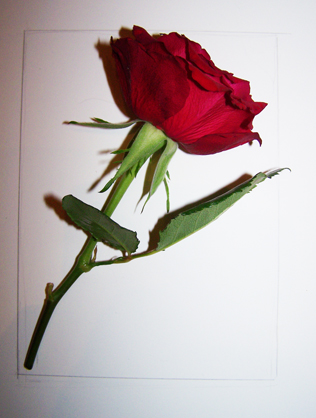
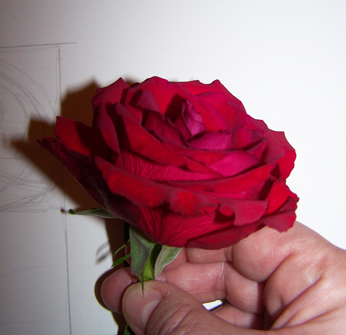
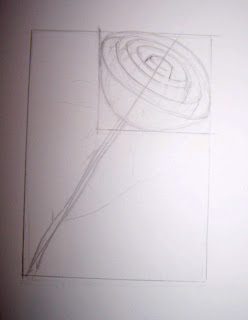
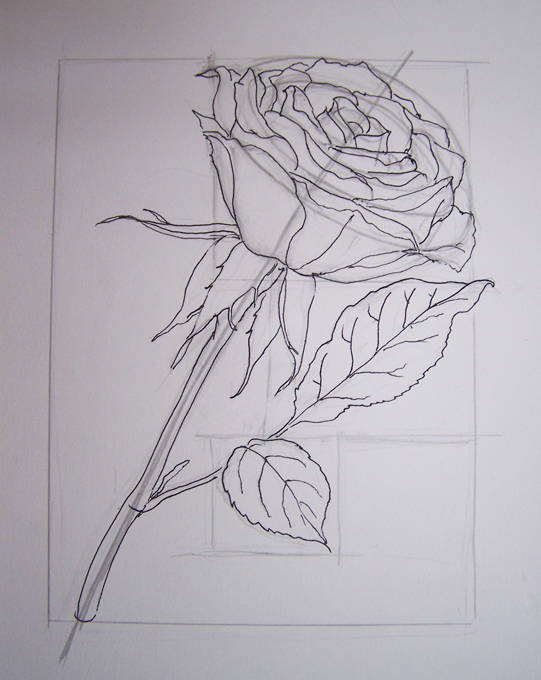


















Really great Dianne, concise and thorough
ReplyDeleteThis is fantastic Dianne, very clear and easy to understand :) Thank you for sharing.
ReplyDeleteDianne, Interesting to read about your technique--thanks! I look forward to the next installment.
ReplyDeleteWonderful post Dianne :)
ReplyDeleteWonderfully informative post Dianne - you have written this in such an accessible way. Thank you.
ReplyDeleteThanks Jess! my daughter says I'm the worst at explaining things....so I'm pleased to hear that somebody understands me ;) I'll be starting the tonal bit next week, and then I'll probably do the same drawing as a painting ...then... I'm going to build up to a mixed floral...well that's the plan! going to try very hard to do a tutorial every 1 - 2 weeks if I can muster the energy!
DeleteThanks you all, glad it's of some interest...I'm never sure but try to think what I might have to read about a few years back! more to follow soon.
ReplyDeleteThis is such a great post Dianne. Detailed, informative and with some wonderful practical drawings. Thanks for sharing.
ReplyDelete